SRINAGAR: The Jammu and Kashmir government has reiterated its advice to local youth against running towards the site of gun-battle and issued prohibitory restrictions of up to three kilometers around an encounter site in the three districts of Srinagar, Budgam and Shopian.
The advisory came amidst a political war of words on the army chief ’s recent statement that such people will be dealt with harshly.
“District administrations of Srinagar, Budgam and Shopian advised people not to move towards or assemble near the places where encounters take place between security forces and militants to avoid loss and injuries to precious human lives,” the advisory, released on Thursday evening, said.
It added, “However the restrictions shall not apply to the movement of ambulances, medical, paramedical staff and Government employees.”
The government advisory comes after a year since it first issued such a notice in Pulwama district, following the increasing cases of locals rushing towards the site of a gun-battle to allegedly distract security forces and help the militants in escaping.
Speaking to HT, J&K director general of police, SP Vaid said, “We can advise and if someone still wants to jump into the fire, then what can we do?”
HT had reported exactly a year ago about this trend and experts had observed in the story that “common people openly putting their lives at stake to save militants” was an emerging reality in Kashmir.
Army chief Bipin Rawat has recently commented that those who hinder counter-insurgency operations or display flags of Pakistan and the Islamic State in Kashmir will be considered as “anti-national” and would “face action”.
Asked about why people are continuing with this trend despite knowing the dangers, Vaid said: “Vinasha kale viparith buddhi (When one’s doom approaches, then one’s mind, one’s intelligence works perversely),” he said.

Reacting to Rawat’s statement, senior Congress leader Jyotiraditya Scindia said, “The issue of internal security of the country is a serious one and there can be no compromise on it. But as I had said during the last Parliament session, atrocities should not be inflicted on innocents. Action should be taken against those involved in wrong doings but there is need to adopt restraint.”
Encounter sites in J&K tohave3km nogo zones
Officials say move is to stop civilians from risking lives
The Jammu and Kashmir government has reiterated its advice to local youth against running towards the site of gunbattle and issued prohibitory restrictions of up to three kilometers around an encounter site in the three districts of Srinagar, Budgam and Shopian.
 WASEEM ANDRABI/HTKashmiri protesters throw stones at police and paramilitary soldiers during a demonstration after the Friday prayers in Srinagar.
WASEEM ANDRABI/HTKashmiri protesters throw stones at police and paramilitary soldiers during a demonstration after the Friday prayers in Srinagar.
The advisory came amidst a political war of words on the army chief’s recent statement that such people will be dealt with harshly.
“District administrations of Srinagar, Budgam and Shopian advised people not to move towards or assemble near the places where encounters take place between security forces and militants to avoid loss and injuries to precious human lives,” the advisory, released on Thursday evening, said.
It added, “However the restrictions shall not apply to the movement of ambulances, medical, paramedical staff and Government employees.”
The government advisory comes after a year since it first issued such a notice in Pulwama district, following the increasing cases of locals rushing towards the site of a gun-battle to allegedly distract security forces and help the militants in escaping.
Speaking to HT, J&K director general of police, SP Vaid said, “We can advise and if someone still wants to jump into the fire, then what can we do?”
HT had reported exactly a year ago about this trend and experts had observed in the story that “common people openly putting their lives at stake to save militants” was an emerging reality in Kashmir.
Army chief Bipin Rawat has recently commented that those who hinder counter-insurgency operations or display flags of Pakistan and the Islamic State in Kashmir will be considered as “anti-national” and would “face action”.
Asked about why people are continuing with this trend despite knowing the dangers, Vaid said: “Vinasha kale viparith buddhi (When one’s doom approaches, then one’s mind, one’s intelligence works perversely),” he said.
Reacting to Rawat’s statement, senior Congress leader Jyotiraditya Scindia said, “The issue of internal security of the country is a serious one and there can be no compromise on it. But as I had said during the last Parliament session, atrocities should not be inflicted on innocents. Action should be taken against those involved in wrong doings but there is need to adopt restraint.”
“Congress is falling to this temptation of politicising the army chief’s statement… This party can go to any extent for political benefits. It is speaking the voice of separatists for lowly political gains,” Union minister Jitendra Singh retorted.
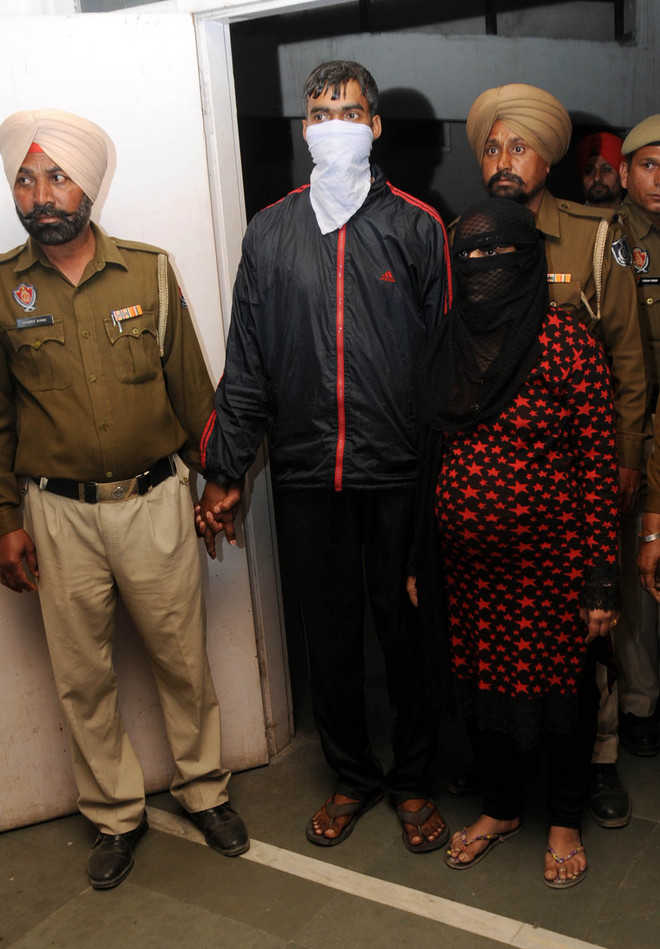
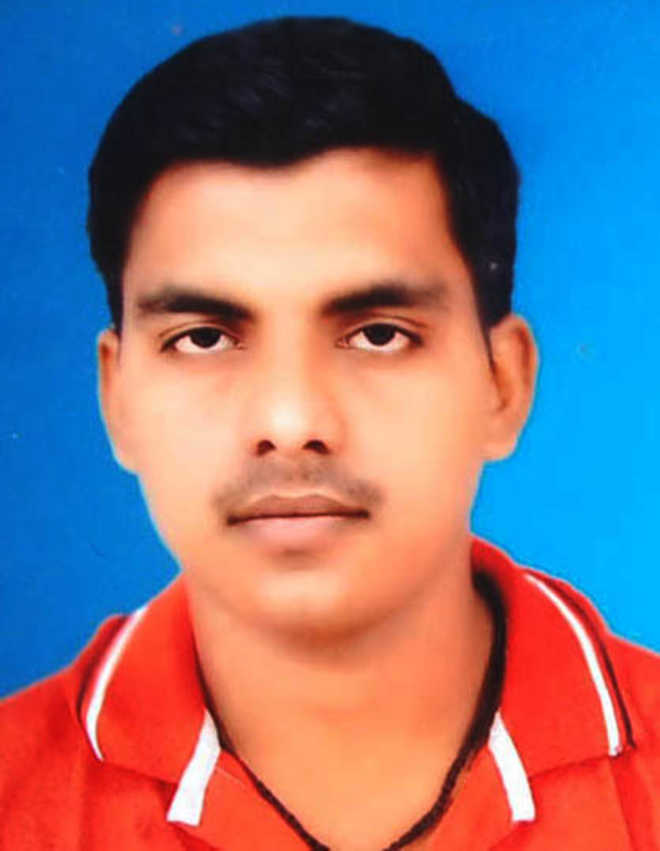























































 WASEEM ANDRABI/HT
WASEEM ANDRABI/HT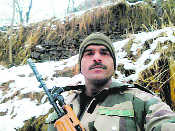
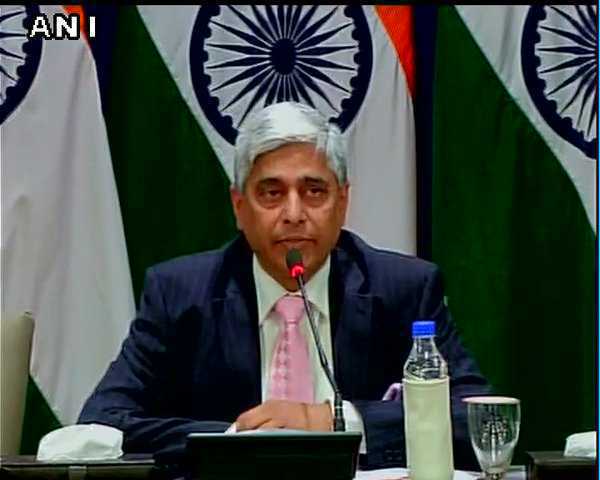
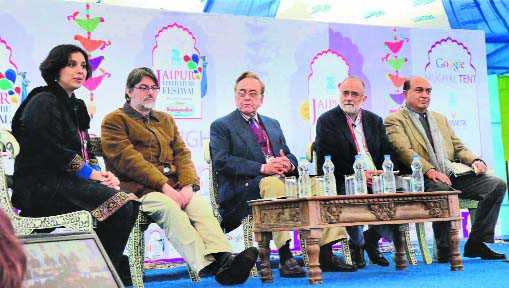


 PTI
PTI



























































